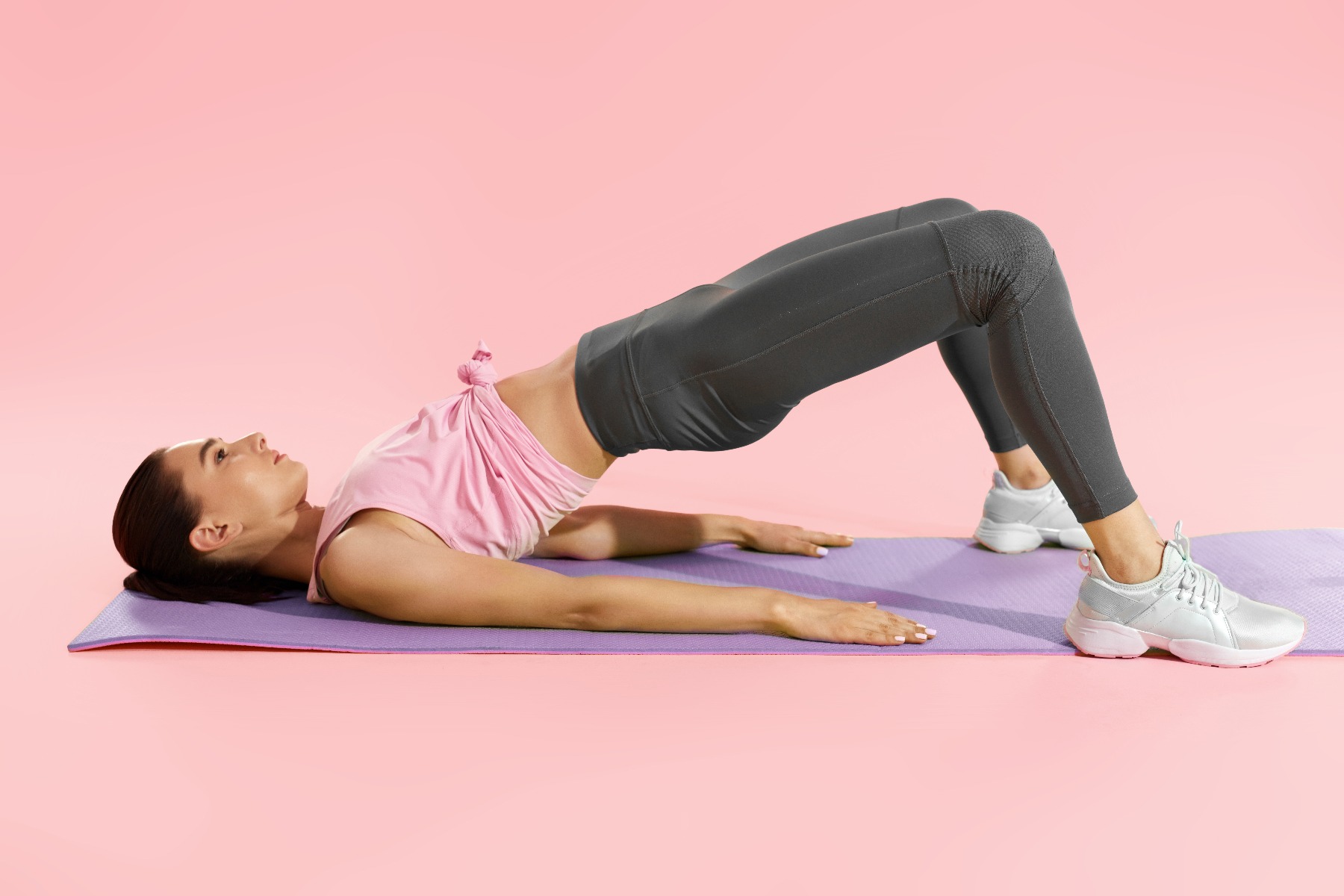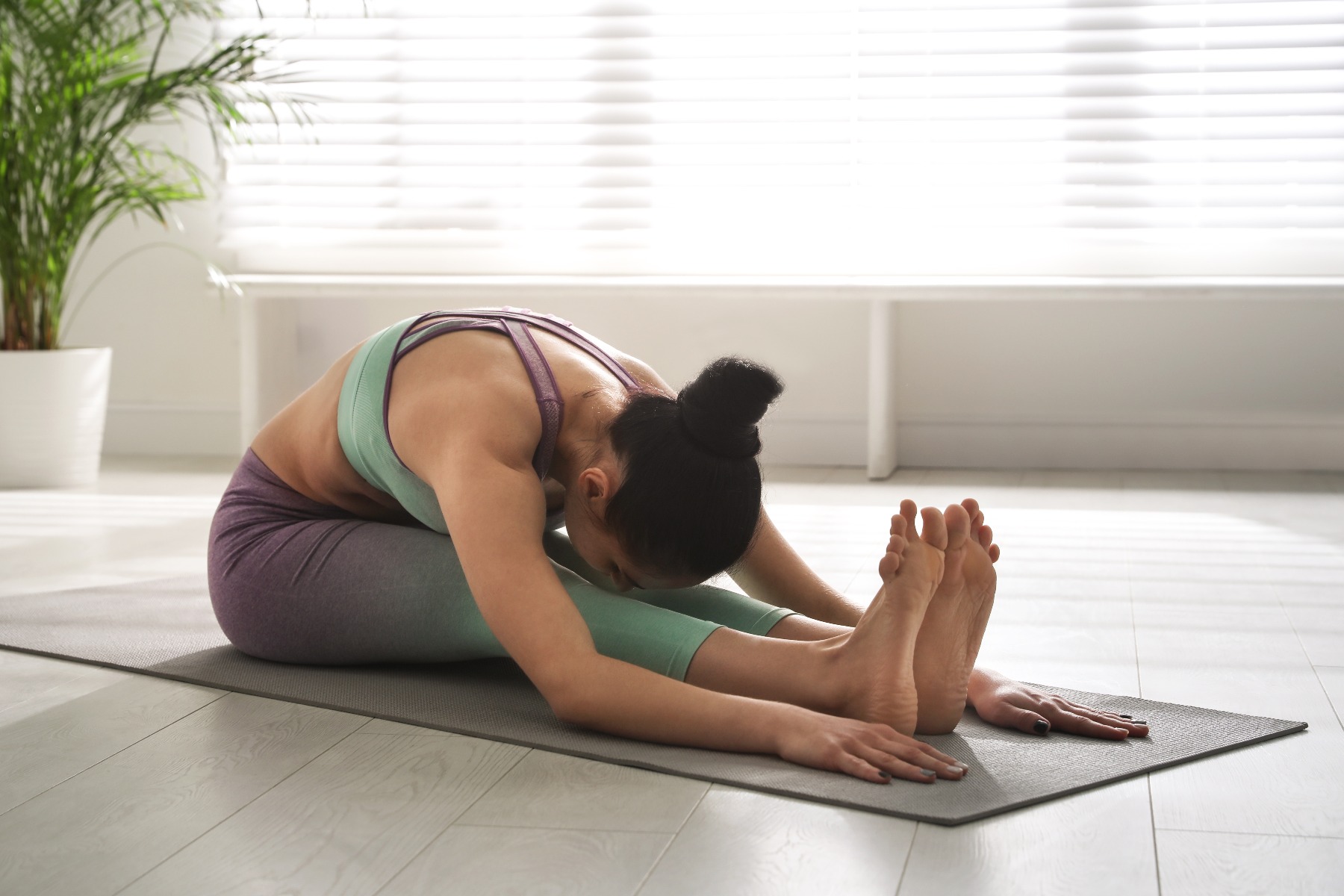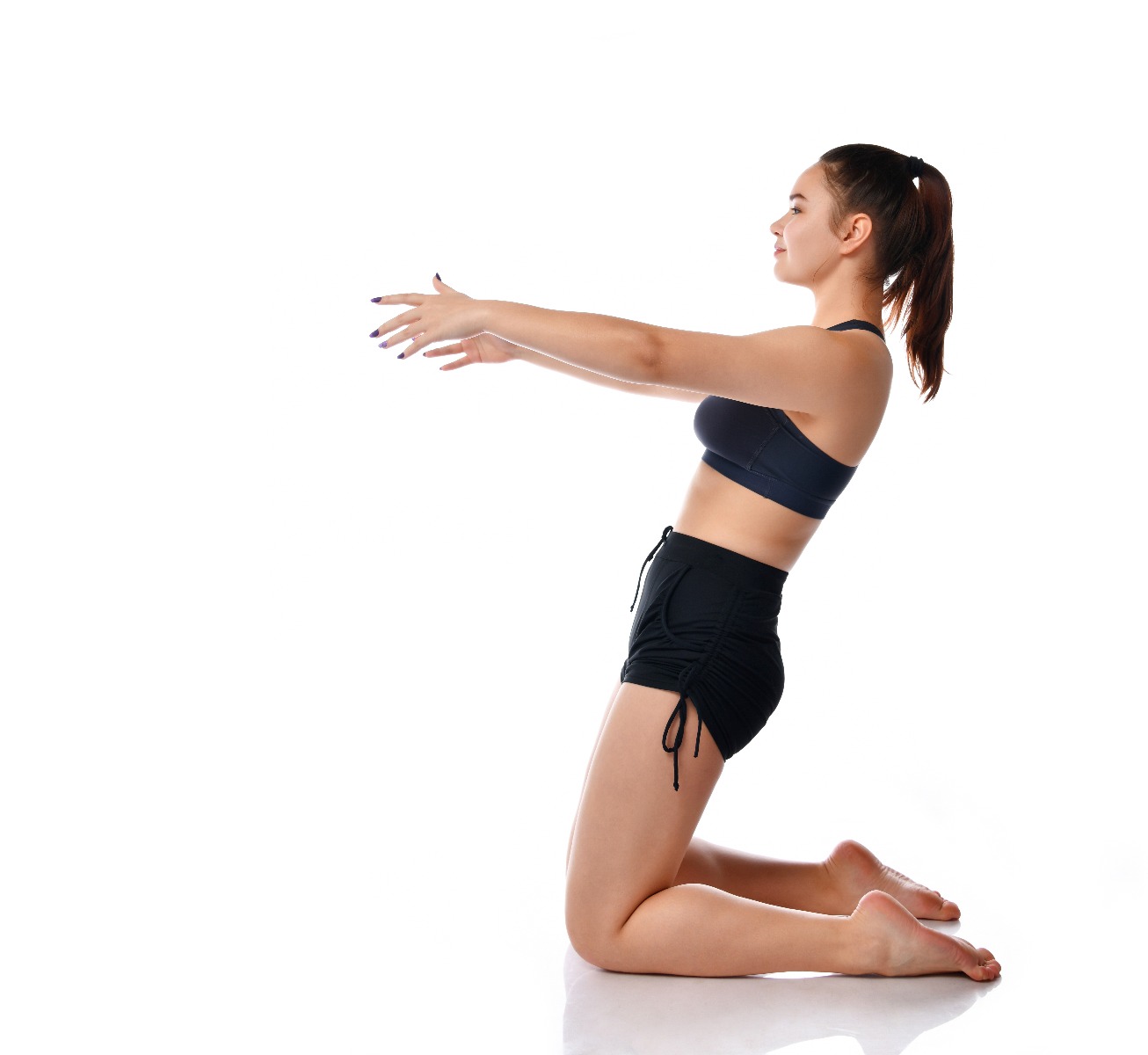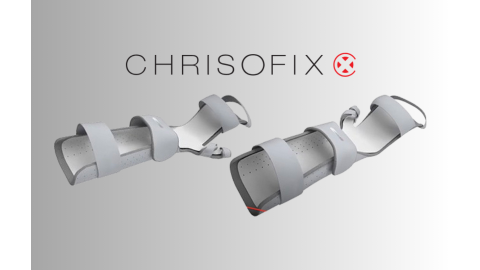For new mothers who’ve recently had a C-section delivery, congratulations on your new baby! Exercise will look a little different for you for the next several weeks. Having a C-section requires a bit more recovery time in order to heal properly and avoid complications. Regaining strength gradually will help you return to doing the activities you love with ease.
Fortunately, we’ve come up with a few exercises to help you strengthen the core without disrupting the healing process!
Learn more!
What is a C-Section?

A C-Section, or Cesarean Section, is the surgical delivery of a baby through incisions in the abdomen and uterus. C-Sections are only recommended in emergency medical situations, including high-risk pregnancies and when the baby is in breach position and can't be flipped around before labor begins. In 2018, 21% of all births were delivered by C-section, according to data collected from 169 countries. In the US, more than 30% of all births are C-section deliveries.1
Whether you have a scheduled C-section or not, you should know what to expect before going into surgery!
Here’s What Happens
During a C-Section, the doctor will first make a small incision in your lower abdomen, just above your pubic hair line. Then another incision in the lower part of your uterus. For both incisions, two options are possible: low-transverse or vertical cut. A low-transverse cut is used in majority of C-Sections because the muscle at the bottom of the uterus is thinner. This incision results in less bleeding and is less likely to tear during future vaginal births after a cesarean (VBACs). A vertical cut is down the middle of your uterus. This incision is only required if the baby is nestled low in your uterus or in another unusual position.
Before an incision is made, an IV and anesthesia (epidural or spinal block) are administered to the lower half of your body. Next, you'll be prepped by having your abdomen washed with an antiseptic solution. Then, a catheter will be inserted into your bladder and sterile drapes placed over your belly. Once the incisions have been made, the amniotic fluid will be suctioned out and the baby will be gently removed. Because the excess mucus in the respiratory tract wasn't squeezed out while the baby makes their way through the birth canal, some extra suctioning will be necessary to clear the lungs.
Following surgery, you can expect your scar to be sore for at least a few weeks. Avoid holding and carrying heavy objects — except the baby. When nursing, place the baby on a pillow over your incision to protect the tender area.
When Can I Exercise?

You can resume exercise once your doctor gives you permission - typically after the 6 or 8-week postpartum appointment. Even after you’ve been given permission, it’s important to ease into abdominal exercise. Pregnancy puts a lot of strain and pressure on the pelvic floor muscles that support the bladder, bowels, and uterus. During surgery, the bladder is moved to safely deliver the baby. This creates a lot of trauma for those organs and muscles, so it’s important to focus on strengthening them slowly.
Focus on strength training exercises that engage the core, but doesn’t cause it to bulge out. Avoid doing crunches, sit-ups, full push-ups and full planks at first. These exercises put too much pressure on your abdominal muscles and can disrupt healing. In addition, avoid lifting heavy weights. At the minimum, spend 3-4 months working your way back up to heavy weights.
Another great way to slowly get back into shape is to add cardio to your post-pregnancy fitness regimen! Make sure to start with low-impact cardio for the first 4-6 months after a C-section delivery. These exercises include walking, swimming, cycling, and elliptical training. As your stamina and strength build up, slowly increase the intensity of your workouts.
7 Core Strengthening Exercises
We’ve come up with 7 abdominal exercises to help strengthen your core after a C-section delivery. Ideal for body toning, these exercises can be done every day. In addition, it is also good to implement breathing exercises into your routine before or after your workout. Positional breathing exercises can help you regain proper movement of your diaphragm.
Breathing Exercises
Start on your back and relax your body on the floor. Take a deep breath in through the nose. Hold the breath for 3-5 seconds, and then slowly release as you draw your belly towards the floor and contract your abdominal muscles. Perform this exercise for 1-2 minutes daily to help strengthen your deep core muscles.
Glute Bridge
|
|
Wall Pushups
|
|
Seated Forward Bend
|
|
Wall Sits
|
|
Kneeling Squats
|
|
Modified Side Planks
|
|
Chair Tricep Dip
|
|
Additional Recovery Tips
- Apply Heat to Your Abdomen: Heat therapy can ease both pain and soreness after a C-section delivery. Apply a heating pad to your abdomen in 15-minute intervals. The warm compression is designed to increase blood circulation to the area where it is applied, promoting faster healing
- Get Plenty of Sleep: In the first few months after their birth, your child is likely to wake several times during the night. Try to rest when your baby sleeps. For additional comfort, use a body pillow to support the lower back and abdomen. The pillow contours to the body's shape to relieve pressure areas for a more restful sleep
- Massage: To promote circulation and accelerate healing, try massage! It's a great way to relieve soreness and pain, as well as speed up recovery. We recommend massaging with the Rolyan Deep Prep Tissue Massage Cream, as it has a slow absorption rate and has a smooth glide across the skin.
- Compression Garments: Protect your C-section scar as it heals with a compression garment! Abdominal binders are designed to support the stomach muscles and lower back, helping increase blood flow as you heal from surgery. Breathable, lightweight and discreet, the garment provides gentle compression which restricts the expansion of the chest and abdomen
Recap
The biggest change, other than having a new baby, is changing your physical activity until you’ve healed. It could take up to eight weeks for you to get back into your normal routine. Rest when you’re tired, drink plenty of water, don’t lift heavy weights, and call your doctor before you start exercising again. Taking care of yourself after having a C-section is just as important as taking care of your newborn!
Looking for more postpartum exercise tips? Check out these articles!
- Postpartum Exercise: Is Your Body Ready and How to Start
- The Most Important Muscle to Exercise Postpartum: Your Pelvic Floor
References
- Donaldson-Evans, Catherine. (2019). C-Section: What Happens During a Cesarean Delivery. What to Expect. Retrieved from https://bit.ly/3mp99kc
- Freutel, Natasha. (2018). 5 Exercises to Help with Your C-Section Recovery. Healthline: Parenthood. Retrieved from https://bit.ly/2HyTmQM
- Tolbert, Kendra. (2018). 8 Natural C-Section Recovery Tips to Help You Feel Better Fast. Motherly. Retrieved from https://bit.ly/31EeDzN
Medical Disclaimer: The information provided on this site, including text, graphics, images and other material, are for informational purposes only and are not intended to substitute for professional medical advice, diagnosis or treatment. Always seek the advice of your physician or other healthcare professional with any questions or concerns you may have regarding your condition.








 France
France Australia
Australia





















